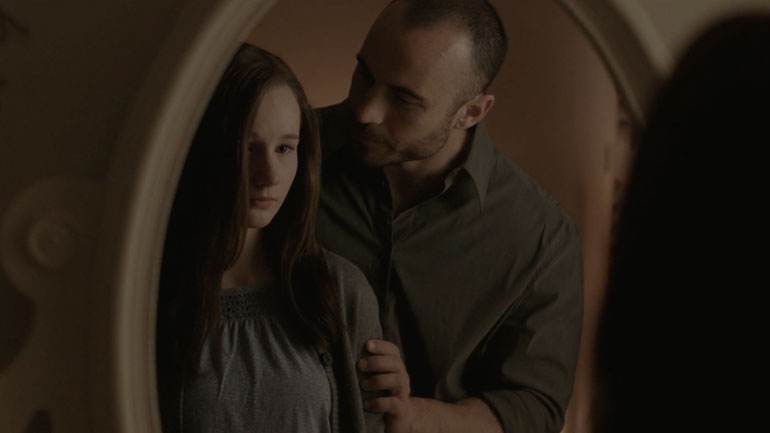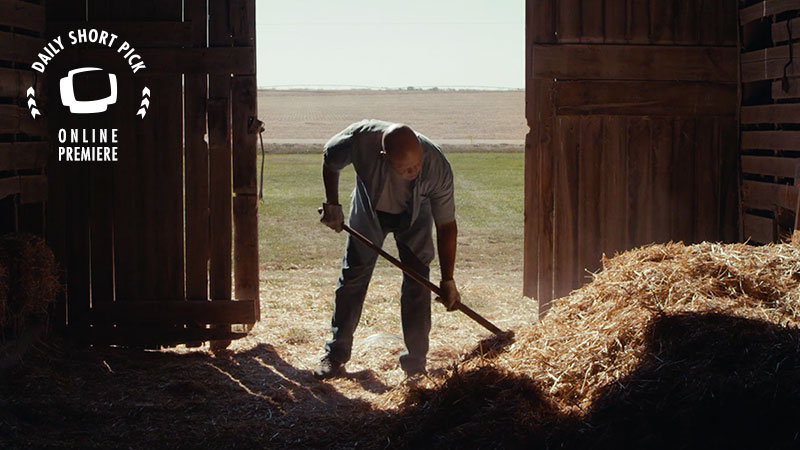Nestled in the rice fields of the Philippines, a family faces the life-inhibiting consequences of blindness until a doctor visits the village and gives the gift of sight in under ten minutes.
Director’s Statement
I began a career in filmmaking during a time when I was battling my vision issues. Eight years ago, while I was on my way to school, I noticed a few black specs on the windshield of my car. I reached ahead and began to wipe them from my window. After four or five tries, I started to internalize that these specs were not on my windshield—they were on my eye. My vision created this.
As time went on tunnel vision was a common occurrence for me while filmmaking, and upon returning home from a visit to an eye specialist, I was diagnosed with intermediate uveitis, an autoimmune disease in the eye. Luckily, the inflammation is currently doormat, but it provided me with a stark reality check of just how grateful I am to have my vision. It made me think about life without sight and the isolation that must be felt from it. I reconnected with an experience I had with a family ophthalmologist who told me stories about some of the millions of people suffering from cataract blindness, and how he dedicated his life to tackling this issue. It gave me a deeper understanding and massive empathy for what millions of people are experiencing daily, and this fueled my passion for wanting to make a film that could bring awareness to the issue.
The creation of SECOND SIGHT was a personal journey for me, and it was an endeavor to make something that shows the fragility of life, but also the humanity in it. This short cinematic docu-drama is about Joanaly Laniohan, a blind mother of four, her husband Virgilio and their families journey to help their mother regain her sight. SECOND SIGHT is a marriage of one family’s journey of overcoming blindness, and the people selfless enough to change the families fate.
Their journey is summed up at the moment when Joanaly’s bandages come off. In that instance, you could see the sum of the past two years they were experiencing. There was an extraordinary weight lifted, and that energy was felt throughout the room; from the family to the crew, to the doctors, and the additional patients. Everyone erupted in applause.
However, that outcome was never expected. Going into this, we knew that there was no guarantee that Joanaly would be able to see again, nor if her reaction would come through on screen. I understood that it would be difficult to understand what she is going through without living it truly. With this in mind, It pushed me to think long and hard about the story. What else could speak to an audience? What we all began to realize is how this condition not only took Joanaly’s life, but it took her husband’s (Virgilio) life as well. We wanted to explore not only Joanaly’s journey but also Virgilio’s.
With this point of view in mind, I explored the themes of isolation, sacrifice, identity, and love. Both Joanaly and Virigllo were going through two massive identity shifts. Joanaly, stripped of all the things she loves most, and Virgillo bearing the weight of filling two roles in the household; both became isolated in their own ways. Despite the hardships, one thing shined through from the first moment I heard Virgillo speak about Joanaly, and that was his undying love for her. You could tell how much he missed her, and how he would sacrifice anything to ensure that she was okay and that their family was okay. That love took them on the journey they went on. That love provided them with the hope to persevere. That love to me was a universal truth… that we all do what we can for the people, we most deeply love. In its essence, the film is meant to bring to light the love and compassion in the world. From Joanaly and Virigllo’s relationship to the relationship, they share with the doctors… the gift of love is something we should all share.



